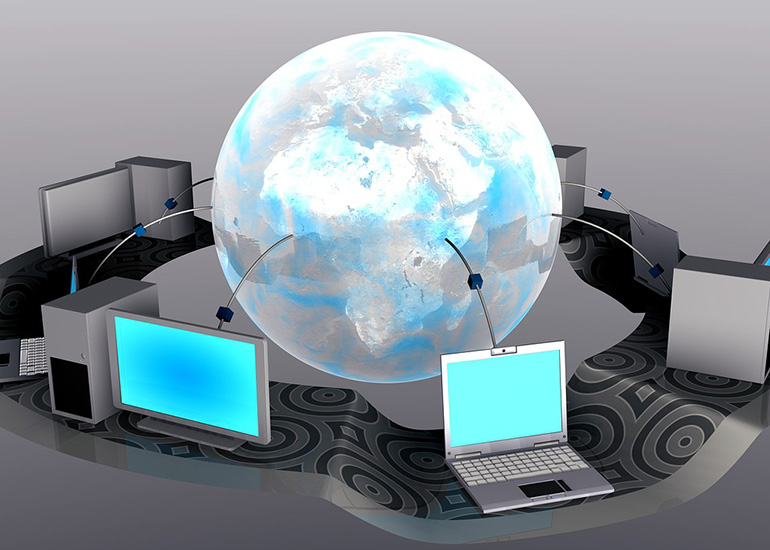In the bustling corridors of modern offices, where connectivity is as essential as electricity, a revolutionary technology called LiFi (Light Fidelity) is emerging as a game-changer. Below, let’s delve into how Oledcomm LiFi Secure Offices, leveraging the power of light to transmit data, is addressing the perennial challenges faced in busy office environments.
- The Limitations of Traditional WiFi: Traditionally, office spaces have relied heavily on WiFi for internet connectivity. However, WiFi, which uses radio waves, often struggles in environments with dense walls and numerous electronic devices. These issues lead to slow speeds, connection drops, and security vulnerabilities. LiFi, by contrast, utilizes LED light bulbs to enable data transfer, offering an innovative solution to these problems.
- How LiFi Works: The fundamental mechanism of LiFi is simple yet ingenious. It involves modulating the light from LED bulbs at speeds imperceptible to the human eye. This modulation carries data which is received by photoreceptors on user devices. Since light cannot penetrate through walls, LiFi provides a more secure network, as the signal is confined to a specific room or area.
- Advantages of LiFi in High-Density Offices: One of the critical advantages of LiFi in busy offices is its capacity to handle high-density connectivity. In large office spaces where numerous devices compete for bandwidth, WiFi networks often become congested, leading to reduced data transfer speeds. LiFi, with its ability to operate multiple light sources independently, can create a multitude of parallel communication channels. This feature significantly increases the network capacity, ensuring stable and high-speed internet access for a large number of users simultaneously.
- Overcoming Electromagnetic Interference: Furthermore, LiFi technology addresses the issue of electromagnetic interference. In offices packed with a variety of electronic devices, WiFi signals can be disrupted, causing connectivity issues. Since LiFi relies on light waves, it remains unaffected by electromagnetic interference, ensuring a more reliable and consistent connection.
- Enhancing Smart Office Capabilities: Another significant advantage of LiFi in office environments is its potential to enhance location-based services. Since light waves cannot pass through walls, LiFi can pinpoint a user’s location with high accuracy. This capability can be leveraged for indoor navigation, resource tracking, and personalized user experiences in smart office settings.
- Energy Efficiency and Sustainability: LiFi also contributes to energy efficiency. LED lighting, which is already an energy-saving solution, serves a dual purpose in a LiFi setup – illumination and data transmission. This dual functionality can lead to reduced energy costs and lower carbon footprints, aligning with the sustainability goals of modern businesses.
- Challenges and Future Outlook: However, the adoption of LiFi comes with its challenges. The technology requires line-of-sight between the light source and the receiver, which can be a limitation in certain office layouts. Moreover, the current need for specific receivers in user devices poses a barrier to widespread adoption. Despite these challenges, the ongoing advancements in LiFi technology are steadily overcoming these hurdles.
In conclusion, LiFi internet presents a promising solution to the connectivity challenges in busy offices. Its ability to offer high-speed, secure, and reliable internet access, coupled with its potential in enhancing smart office capabilities, makes it a technology worth watching. As we move towards more connected and efficient workplaces, LiFi stands out as a beacon of innovation, illuminating the path to a smarter, more connected future.
